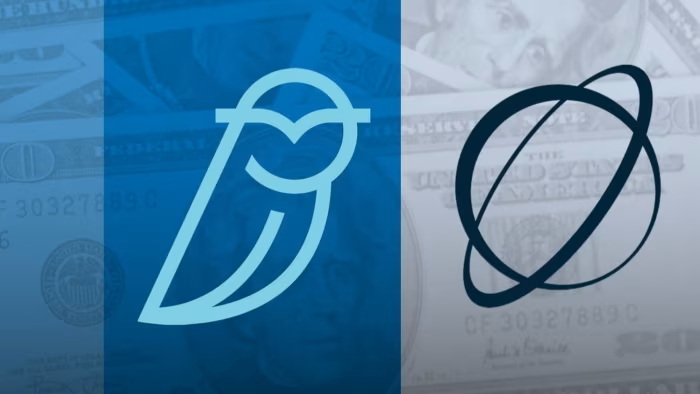Unlock the Editor’s Digest for free
Roula Khalaf, Editor of the FT, selects her favourite stories in this weekly newsletter.
Do public-market investors have the inside scoop on private credit? That’s one interpretation of the mysterious underperformance of some listed purveyors of the hottest kind of lending. Shares in Blue Owl Capital, for example, have fallen 30 per cent so far this year, leading co-founder Doug Ostrover to ask conference attendees last month: “What am I missing?”
Certainly, the growth in earnings and assets under management suggests these companies’ stock should be faring better. Blue Owl, worth $25bn, trades at roughly 20 times forward earnings, not much given its profit is expected to grow about 20 per cent a year for the next three years, according to LSEG estimates. Ares, Blackstone, Apollo and KKR all trade at roughly 30 times forward earnings, but are significantly below where they started 2025.
One justification for fund managers’ nerves is the fact that Blue Owl, which manages almost $300bn, and its peers are engaged in something that is still quite new. Private loans to companies — the product that has partly replaced the leveraged loans and junk bonds that used to fund big private equity acquisitions — have only recently started to be doled out on a huge scale. When markets grow rapidly, there’s always a risk that underwriting standards might slip.
That fear may also explain the valuation of one of Blue Owl’s listed affiliates, Blue Owl Capital Corporation. This is a so-called business development company, which raises funds from public markets and then makes loans that the broader group underwrites for a fee. Shares in the BDC at present trade at a 15 per cent discount to their net asset value.
The failures of indebted, hitherto-unregarded companies such as First Brands and Tricolor have focused investors’ minds on potential signs of strain in credit market. One potential concern is the rate at which companies start paying interest not in cash, but in other IOUs, a feature known as payment in kind. In 2024, more than one-fifth of BDC interest income came in PIKs, according to Fitch Ratings.
Direct lenders such as Blue Owl say they are prepared for market stress. Even when companies get into trouble, their recorded loss rates are often minimal, owing to high levels of collateral or other structural protections that ensure they get paid back ahead of others.
It may simply be that investors aren’t giving Ostrover the benefit of the doubt because, in relative terms, he is the new kid on the block. Blue Owl was built from scratch over the past decade and has a wide range of private-market activities beyond edgy corporate lending.
Nonetheless, public-market investors are clearly uneasy. While credit markets are typically where early signs of trouble emerge, stockholders might be the ones holding the lantern for their fixed-income brethren.
sujeet.indap@ft.com
